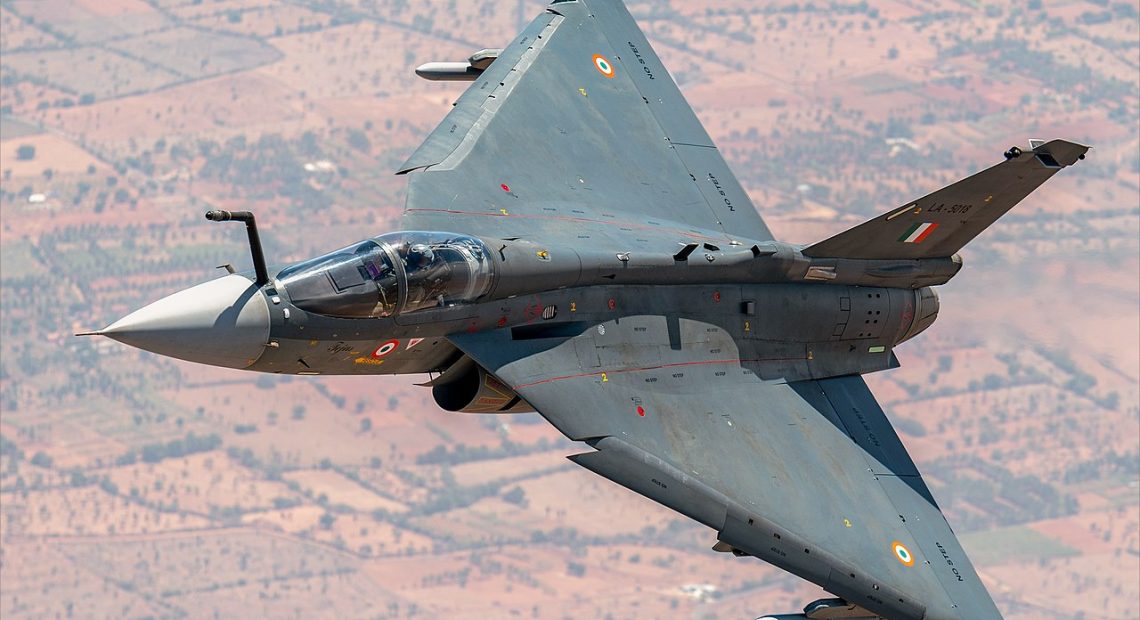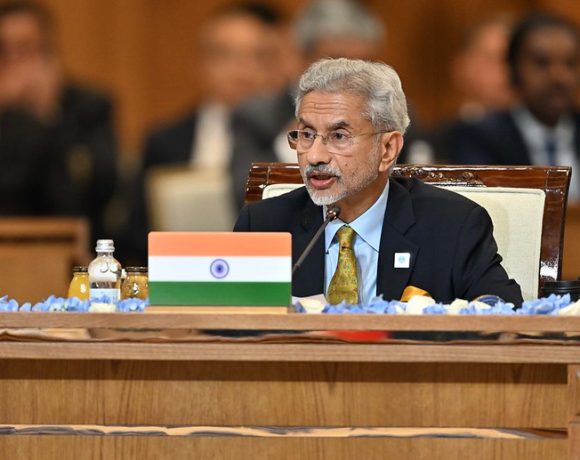
Tejas Mk1A Showcased with Astra Mk-1 and ASRAAM Missiles
India’s indigenous fighter aircraft program marked another major milestone as the Tejas Mk1A was recently spotted in a combat-ready air-to-air configuration, carrying both the Astra Mk-1 and ASRAAM missiles. The development reaffirms the Tejas Mk1A’s role as a key frontline platform in the Indian Air Force’s modernization plans.
Enhanced Air-to-Air Configuration
The Tejas Mk1A test aircraft was photographed armed with two Astra Mk-1 and two ASRAAM (Advanced Short Range Air-to-Air Missile) units, clearly validating its dual missile integration capability. The Astra Mk-1 is India’s first beyond-visual-range (BVR) missile, capable of engaging aerial targets over 100 km away. Its active radar homing seeker and high maneuverability make it effective against high-speed enemy aircraft.
Complementing the Astra, the ASRAAM adds superior short-range combat performance. Known for its agility and infrared guidance system, ASRAAM enables close-quarter dogfight superiority. The pairing of these two missile types positions the Tejas Mk1A as a multi-layered threat in any aerial combat scenario.
Tejas Mk1A Platform Advancements
Manufactured by Hindustan Aeronautics Limited (HAL), the Tejas Mk1A is a significantly enhanced variant of the earlier Mk1 model. Key upgrades include the integration of an AESA (Active Electronically Scanned Array) radar, updated electronic warfare systems, improved maintainability, and a modernized cockpit with digital displays.
The Mk1A variant also features mid-air refueling capabilities and better serviceability, making it more suited for long-duration and multi-role operations. With 83 Mk1A jets on order by the Indian Air Force, this variant is set to form the backbone of India’s light fighter fleet.
Strategic and Tactical Implications
The visual confirmation of both Astra and ASRAAM missiles on the same Tejas Mk1A airframe reflects India’s growing self-reliance in air-to-air missile technology and fighter integration. It ensures the aircraft can effectively operate in both long-range BVR scenarios and close-in engagements, thereby enhancing survivability and lethality.
This development also reduces dependence on imported munitions and aligns with the broader goals of the ‘Aatmanirbhar Bharat’ (Self-Reliant India) defense initiative. The successful pairing of DRDO-developed systems with imported high-performance missiles like ASRAAM demonstrates India’s maturing integration and system-testing capabilities.
Conclusion
With this dual missile configuration now flight-tested, the Tejas Mk1A is not just a proof of India’s indigenous aerospace potential, but a viable combat platform ready to meet evolving regional threats. As deliveries ramp up, this capability is expected to be standard across frontline squadrons, significantly boosting India’s tactical air dominance.

















